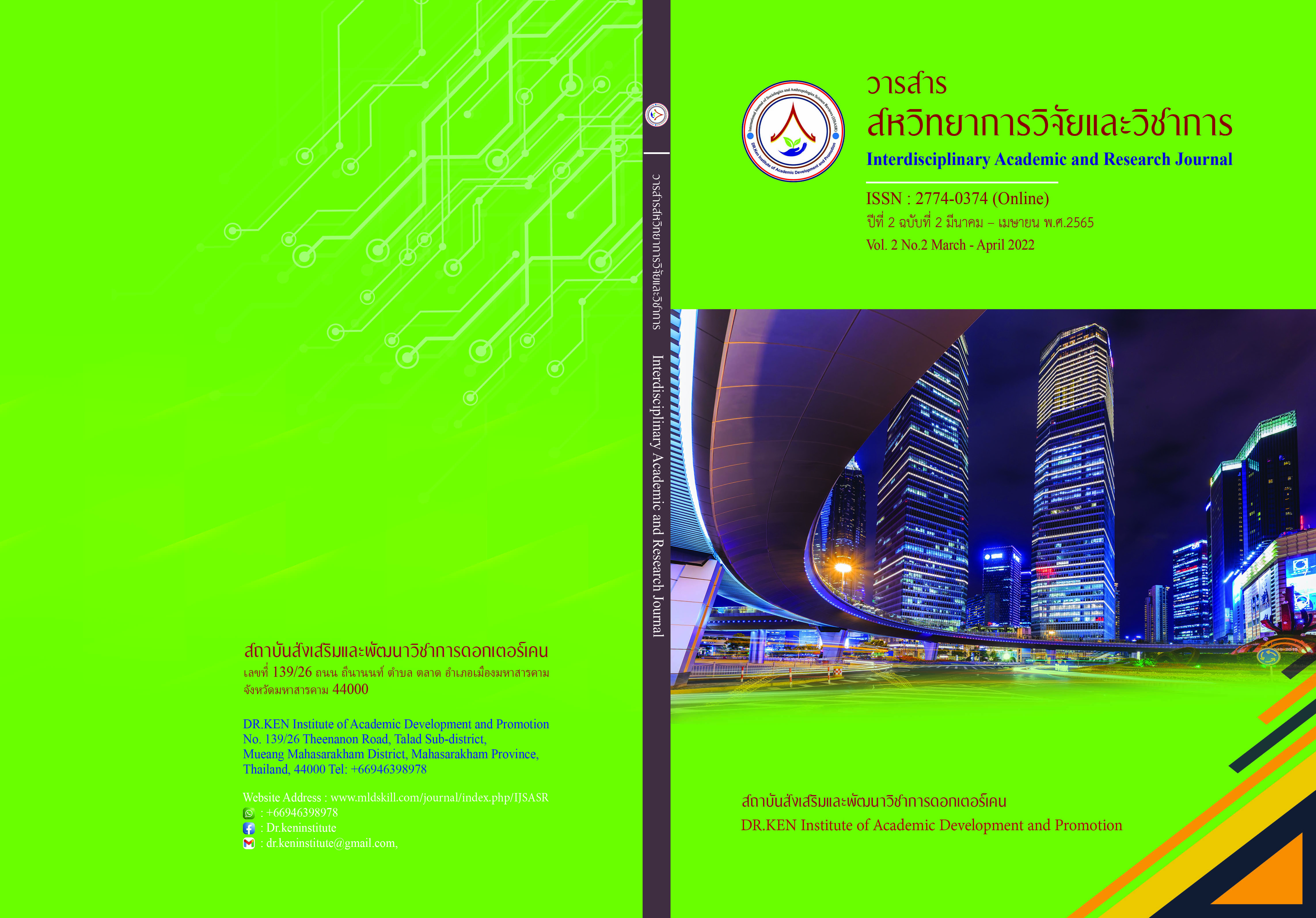Separation of Law as Public Law and Private Law
DOI:
https://doi.org/10.14456/iarj.2022.19Keywords:
Separation of Law, , Public Law, , Private LawAbstract
The separation of law into public law and private law has its origins and basis for discrimination, the criteria for separation and the consequences of discrimination can be summarized as follows:
The criterion for discrimination was found that; (1) Content criterion: Where public law is the law applicable to states and administrative persons, the criterion for discrimination is state intervention in legal relations. (2) Form criteria: Public law is a law in which the concepts and legal techniques not found in the law applicable to private-private relationships are applied in public law. (3) Objective Criteria: Private law aims to protect the private interests of individuals while public law aims to protect the public interest.
As a result of the separation, it was found that; (1) Separation produces two systems of legal rules: (a) The separation of legal statutes into public statutes and private statutes is the result of differences in the subject matter of law. (b) The separation of legal statutes into public legal statutes and private legal statutes is the result of spiritual differences. And (c) The separation of legal statutes into public statutes and private statutes is the result of differences in jurisprudence. (2) Separation is related to having a dual court system, that is, a separate judicial system and an administrative court system, which are related to the separation of law into public law and private law. And (3) The separation affects the teaching of law subjects. The separation of law into public law and private law affects the teaching of law at the university.
References
นฤมล ติบวงษา และ สิทธิกร ศักดิ์แสง. (2562). ความหมายของกฎหมายและลักษณะของกฎหมาย : ความสมบูรณ์ของ กฎหมายที่ส่งผลกระทบต่อการเมืองการปกครองของประเทศไทย. วารสารนิติศาสตร์และสังคมท้องถิ่น. 3 (2), 95-118.
บวรศักดิ์ อุวรรณโณ. (2538). กฎหมายมหาชน เล่มที่ 1 : วิวัฒนาการทางปรัชญาและลักษณะของกฎหมายมหาชนยุคต่างๆ. พิมพ์ครั้งที่ 3, กรุงเทพฯ : นิติธรรม, 2538. หน้า 7.
สมพร รุจิกิตติ. (2562). ความรู้เบื้องต้นเกี่ยวกับกฎหมาย:ความสำคัญของผู้เรียนสังคมศึกษา(ตอนแรก). วารสารมนุษยศาสตร์และสังคมศาสตร์. 10 (1), 60-90.
Andre Demichel et Pierre Lalumiere. (1992). Le Droit Public. (“Que sais-je?”, no 1327, PUF, 6th edition.
Didirr Truchet. 2003. Le Droit Public. (“Que sais-je?”,1re edi., 2003) pp.21-24
Graivichien, T. & Chantarasena, A. (2010). Introduction for Law Student. (5th edition). Bangkok: Thammasat University.
Max Gounelle. 1989. Introduction au droit public. 2nd edition, Paris; Montchrestien.
Sriwisarn Waja, Phraya, (Tienliang Huntrakul). (1931). Private international law. Phranakorn: Sophonpipath-thanakorn.
Downloads
Published
How to Cite
Issue
Section
License
Copyright (c) 2022 ศิริวดี วิวิธคุณากร

This work is licensed under a Creative Commons Attribution-NonCommercial-NoDerivatives 4.0 International License.
Copyright on any article in the Interdisciplinary Academic and Research Journal is retained by the author(s) under the under the Creative Commons Attribution-NonCommercial-NoDerivatives 4.0 International License. Permission to use text, content, images, etc. of publication. Any user to read, download, copy, distribute, print, search, or link to the full texts of articles, crawl them for indexing, pass them as data to software, or use them for any other lawful purpose. But do not use it for commercial use or with the intent to benefit any business.
















.png)


